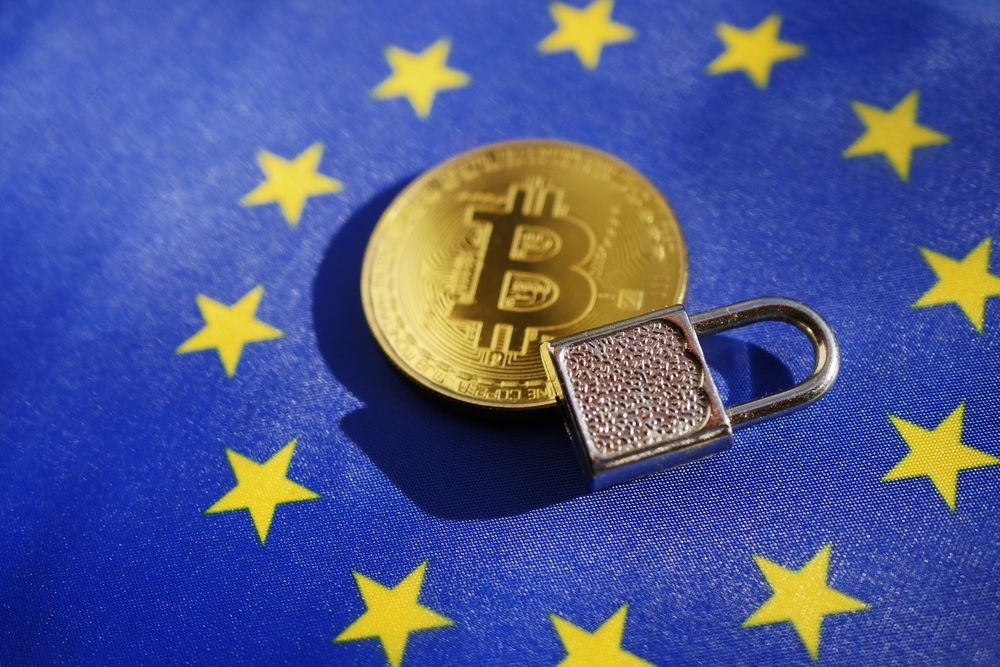Endorsed by the EU Parliament in October, the much-touted Markets in Crypto Assets (MiCA) bill is spearheading the global push to regulate crypto.
With a focus on consumer protection, enhanced anti-money laundering directives and the first complete classification of crypto-assets, MiCA comes amid this year's bloodbath.
The crypto industry's market capitalization has been slashed from $2.8trn in November 2021 to $900m a year later and $2bn worth of crypto has been stolen on blockchain bridges alone this year.
A comprehensive framework like MiCA is definitely the right move, however, the Europe-first my-way-or-the-highway approach will be the bills undoing.
Provisionally unveiled in June, MiCA's eurocentrism is most apparent in its crypto-asset service provider (CASP) definition, crypto-asset classifications and trading volume limits.
Under Article 33, CASPS – firms that offer crypto to retail or institutional customers – can only operate with a MiCA-approved license or if their custodian services are carried out by a bank headquartered in the EU.
This would befall major firms like Coinbase, Archax, Circle or Kraken, all of which are headquartered in the US or UK and are banked by banks in those countries.
The second bit of eurocentrism impacts most major stablecoins. According to data from CoinGecko, there are over 86 stablecoins, with Tether (USDT), Circle's USDC Coin (USDC), and Binance's (BUSD) accounting for 90% of the market.
Under MiCA's electronic money or e-money definition, stablecoin issuers must use euro-denominated trading pairs.
Yet, data from The Block indicates that only 0.4% of the pair denominations are carried out in euros. Additionally, the CASP regulation would impact the major stablecoin issuers too since Tether is based in the Bahamas, Circle in the US and Binance in Hong Kong and the US.
At present, there is no indication that any of these leviathans will most to mainland Europe, despite launching euro-denominated stablecoin pairs.
Finally, trading volume regulation under MiCA is unrealistic at best. Article 19b restricts the number of transactions CASPs can process per day. Under MiCA, the transaction volume can be no larger than one million transactions and not exceed a value of €200m.
If a CASP or an e-money token issuer surpasses both limits, they are required to immediately cease operations. This would impact any non-EU headquartered entity that transacts in crypto – from exchanges to traditional banks, the trading volume cap will act as a deterrent to firms.
The question is why such a protectionist approach? The restrictions on CASPS and e-money token issuers is intended to prevent risks like the ones posed by Facebook's, now Meta, Libra stablecoin.
Launched in 2019, Libra set out to develop a new global digital currency and the infrastructure required. Not only did Meta have 2.5 billion users worldwide, but it also had the tech capabilities and funds to directly challenge monetary authority.
As Henri Arslanian, the author of the Book of Crypto, said, Libra was a "bombshell". Despite Meta and Libra no longer being a threat, the EU and MiCA have made it clear that any challenges to the euro from the crypto space would not be welcome.
Just as MiCA pushes an EU narrative, Germany is now planning to tighten EU directives for non-German banks. Advocates of the EU's short capital market reform could mean cross-border business with Germany could no longer be conducted in the same manner.
At present, Germany allows banks from outside the EU to offer services across borders, however, the new Capital Requirements Directive VI is looking to prohibit such operations. Only banks with a physical presence in Germany would be allowed to service customers in the country.
Related articles


